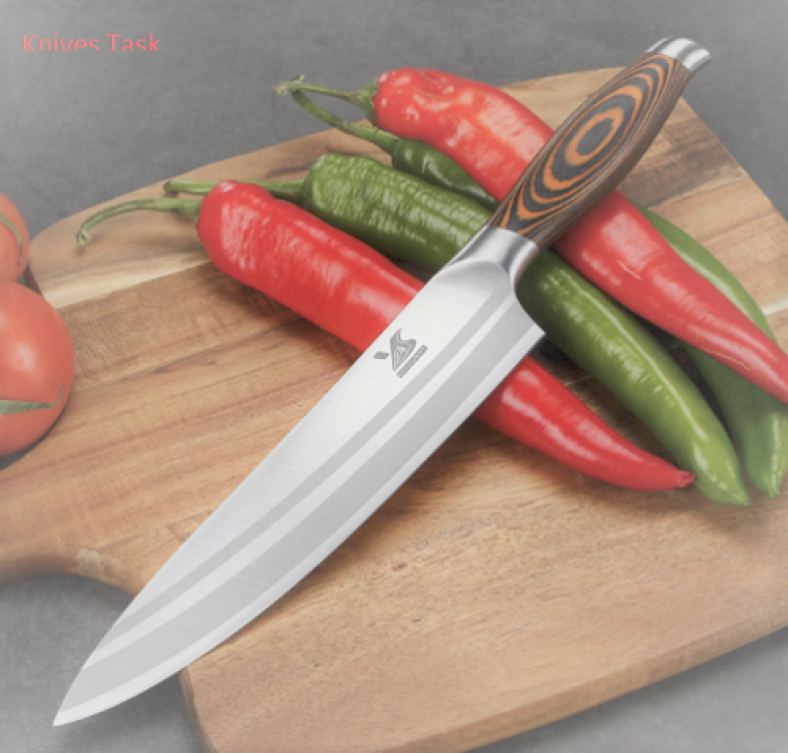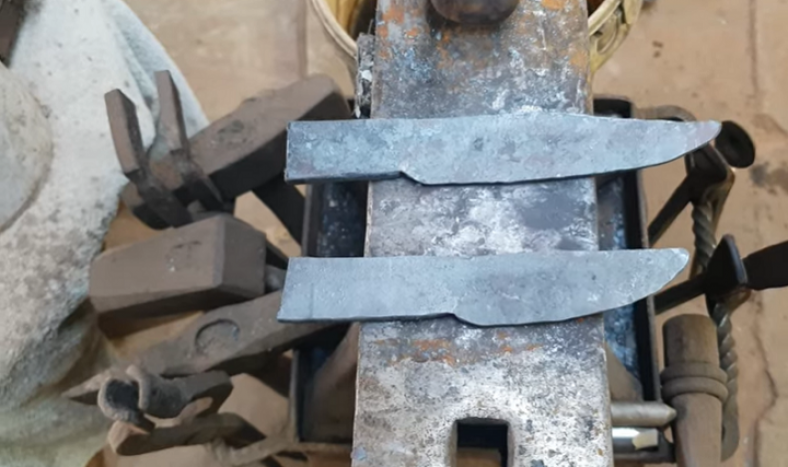You can obtain a blade razor-like sharp with the correct steel, some tools, and the right method. I should admit that I cannot get any knife and make it extremely sharp before we find far into this as well. Some people may do it, but we can’t. It’s because all knives have not been created equally. With the right attention, some can shed the hair off the arm. But, some of them never can slice hot marzipan. Three factors are out there that decide what type of edge you’ll get. They’re the type of grind, style of its steel, and steel temper. Well, let’s know how to sharpen a knife razor sharp effortlessly.
Choosing A Blade
Pick low-tech and humble steel that comes with around forever named 1095 if you’re seeking potential the sharpest edge. It’s easy to sharpen if a cloud goes by the sun. It means the whole thing in steel that’s a tradeoff.
All of my knives have made of 1095, or W-2, 5016, D-2, or 0-1. All of them are rust-prone if you keep them without maintaining correctly. However, it’s better to do that you can sharpen then easy to get a significant edge.
At the same time, you can get a pleasant blue color since they’re uncovered to onions, blood, or something corrosive. Or you could pick it by the build. I do not even know of a customized smith that can sell you a knife with a wrong handle.
Some growers do exceptionally well. All are very sharp, Swedish Moras, Norwegian Helles, American Diamond Blades, and every Japanese knife, and are easy to keep that way.
How To Sharpen A Knife
When you need to sharpen my knife, you use your hand to do it. And I think that this is a vanishing proficiency. It was the years before I find it out when I first sharpen my knives. But, I ruined lots of blades in the method. After paying my taxes, if I’m trying to go the system route, I’m damned.
At its highest level, sharpening is such an art that the great Japanese sword makers gave their blades to experts who did nothing but sharpened, and then went to artisans who did nothing but polish.
Hunting Knife Sharpening
For a hunting knife, the best angle of the edge is between 15-degree to 20-degree. Also, you should maintain that angle very consistent with each sharpening stroke.
When I first step in the sharpening process, it was an angle of 20-degree. The second phase takes it down to 15 degrees, granting you multiple levels.
A clear line of the thickness of a length of hard thread is what you can see on the very edge of the blade. Proper sharpening does away with so little steel.
Guided Sharpening System (GSS)
In this system, I used two tools at the same time to sharpen my knife. The main one is the Work Sharp GSS; that’s a simple, small tool with many bells and whistles. The guts of the GSS are two diamond-coated steel plates that attach to the frame via magnets.
There’s a coarse plate and a Fine plate. Ignore the Coarse scale unless you have no edge left at all. There are directions at each end of the GSS that can adjust to 17-degree or 20-degree.
I am using a 20-degree. Place the blade on the guide, and there’s a 20-degree angle for you. Sweep the edge over the diamond plate now, following the tip to the stage.
You can end up with the handle in the air, similar to vertical if you do this right. The GSS has a function called Pivot Answer. It makes pivoting the diamond plate as you sweep into the stage, holding the tiny diamonds in steady contact with the steel.
Alternate Sides
Here, you don’t provide the knife six strokes on the left and another six strokes on the right. Instead, it would help if you went through the left-right, left-right, identical to in the Service.
Sprinkle Birchwood-Casey Gun Scrubber on the diamond plate after a dozen combined strokes, then instantly brush it clean with a gun patch. It extracts the steel dust that you have ground off and continues cutting the diamonds.
A dozen strokes on each hand will generally get you to sharpen. Now you should leave. You currently have to switch equipment to make it shaving sharp.
Way to Hone Your Knife to a Razor’s Edge
You have ground so far. And it’s time to hone your knife. In this case, consider the Idahone V-Type Ceramic Rod Sharpener. It has two different ceramic rods that call crock sticks, and they have set at 15-degree in a block.
As it has medium and well ceramic rods, you might interest in the white, or rods, fine. Sweep down the rod’s side, like the late and much-missed A.G. Like taking a decal off it, said. Keep the blade straight as you go.
Alternate sides, and then put only a slight amount of pressure. A.G.’s does not have a handguard, unlike other similar sharpeners, so note where you are putting your left hand. Please do not drop the ceramic rods as well, since they are cracking.
After making some strokes on both sides, do some more strokes to keep its edge on the rod. Now, you have to shave their hair off their forearm or shin. You’ll get razor-like sharpness if you do this. If you can’t do it, work on its crock sticks that take a while to accomplish.
The Bottom Line
In the end, it’s a great pleasure to learn the ways of sharpening your knife your own. It is a pleasing reaction of people while they first come across an accurately keen edge.
When you follow this method, you’ll be able to sharpen the most types of knives you have in your kitchen.






